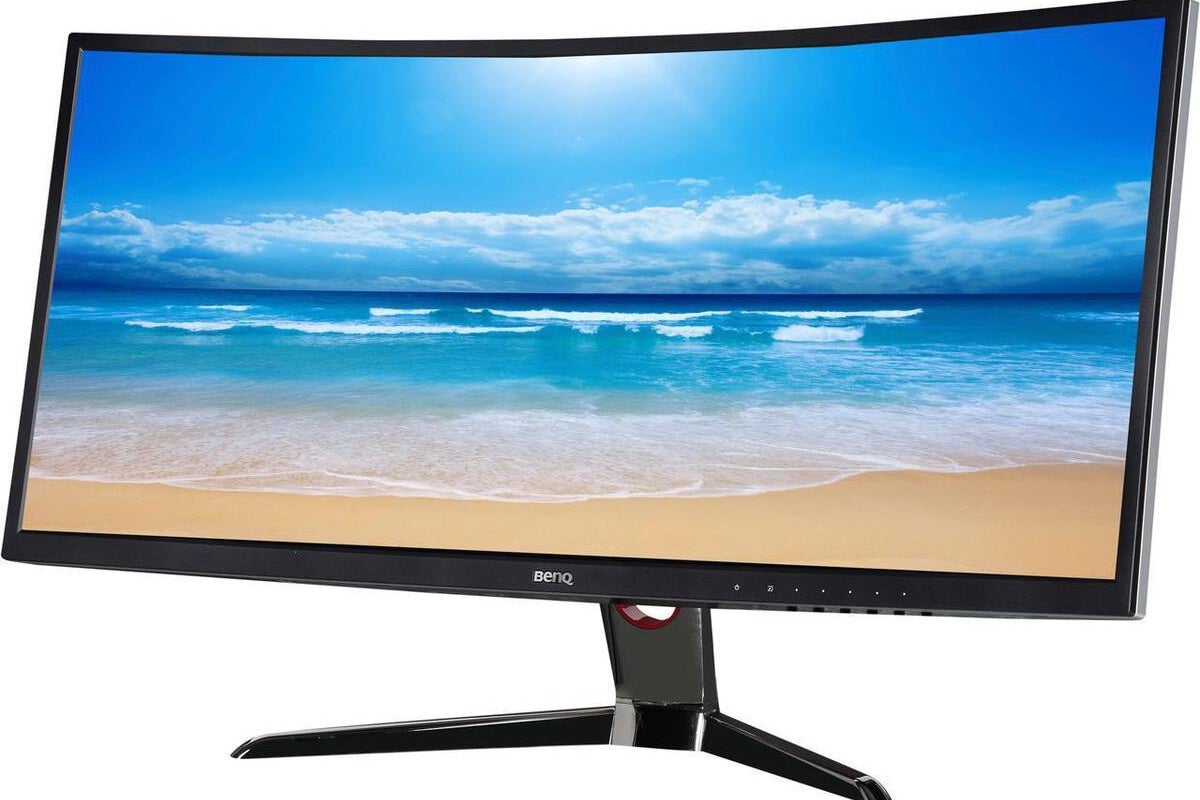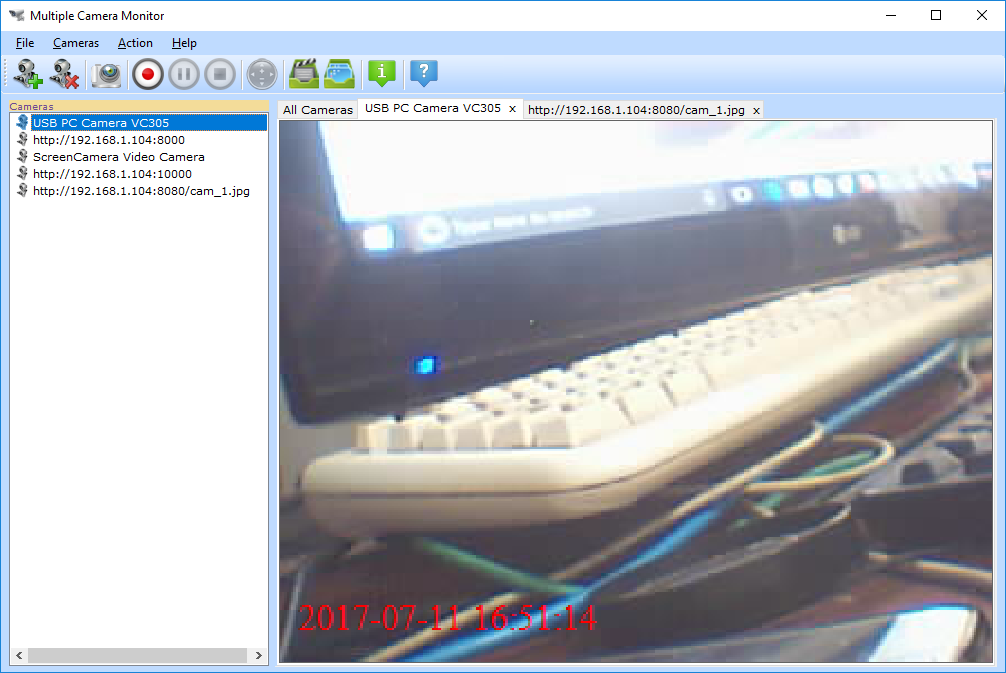

- Multiple camera monitor software review software download#
- Multiple camera monitor software review install#
- Multiple camera monitor software review full#
- Multiple camera monitor software review pro#
- Multiple camera monitor software review professional#
The Pro Plus and Pro models are very similar, and the differences between the two are seemingly small.
Multiple camera monitor software review professional#
However, the Pro and Pro Plus features do give you as an imaging professional more of an insight into the quality of your Display and the condition. Using the i1 Display Pro Plus is much like the i1 Display Pro and Studio, which is no surprise seeing as how all three monitor calibrators are from the same family. A swap of cable seemed to resolve the issue. Running through these test’s are easy enough, select the option and follow the on-screen instructions.Īfter running through the uniformity test, the results confirmed a worry about one of my displays that it was fading on one side. The last two features are the most interesting for imaging professionals enabling screen integrity to be tested. The features above cover the three calibrators’ basics, but there is more, as this is the flagship model.ĭesigned for professional filmmakers and photographers, both the i1 Display Pro Plus and the Pro, add Pantone colour optimisation, profile quality analysis and a display uniformity test. I generally set this to once a month, but it’s really up to you, depending on how colour critical your monitor needs to be.
Multiple camera monitor software review full#
After this, top-up calibrations are quicker, although I like to run the full range of tests to ensure everything is running as it should.Īs with the other i1 options, you can then set-up a reminder for the calibration frequency. I started by running the calibration in full, which took around 10 minutes for the first run. This is helpful and guides you through the options and processes. There’s little difference between the models the Pro Plus base calibration using the Wizard is much like the Pro and Studio.Īs with the Studio version of the software, X-Rite features plenty of on-screen information to the interface. Once downloaded and installed, the calibrator plugs into a USB Type-C port, and then the software can be loaded, and off you go.
Multiple camera monitor software review software download#
Setting up the i1 Display Pro Plus is straight forward with information on the software download location listed on the box. OK, there’s a touch more to it, but this is good fast monitor calibration. To calibrate, all you need to do is follow the on-screen instructions, and you’re done. On loading the Pro Plus version, there are a few more options within the software, but all looks much the same for general calibration.
Multiple camera monitor software review install#
To use the Pro Plus as with the Studio, you install the relevant i1Profiler software, connect the device, and run the Wizard. Build quality and handling seem identical. Otherwise, all three are identical in the way they look and work.Ĭhecking over the i1 Display Pro Plus and for all intense and purpose, the logo seems to be the only difference between the two models. The mid-range Pro is the only calibrator in the i1 Display family with only the i1 logo. The difference between the two models being the Plus logo printed on the side. The i1 Display Pro Plus is almost identical to the entry-level calibrator. Ultimately I was impressed with the ease of use and accuracy. Whatever your choice, each of the three monitor calibrators offers you a solid solution.Ī few months back, I looked at the i1 Display Studio, X-Rite’s entry-level monitor calibrator designed for enthusiast and professional photographers. If you work professionally, then the i1 Display Pro is a good solution, and if you need the calibrator to measure up to 2000 nits, then the Pro Plus is the one for you. In effect, if you are looking for a solid monitor calibrator, then the i1 Display Studio is all you need. However, if you’re working with the latest HD and HDR monitors, which are brighter, then the Pro Plus is the solution for you. The other advantage for people using multiple displays is saving and reuse workflows this helps if you move your system around or have multiple monitors of the same type to calibrate.įollowing on from the ability to save and share profiles, the Pro versions also enable you to create custom profiles, giving you a little more flexibility.įor most people, the Pro version of the i1 Display will more than cover all calibration needs. These two models enable you to calibrate your monitor and check it’s health with profile quality analysis and display uniformity tests. Where the Pro and Pro Plus come into play is if you need that little bit more.


Plus, with the addition of reminders and automatic display control, all three i1 Display models offer a solid monitor calibration solution. The i1 Profiler software Wizard, across all three products, is very similar and will guide you through the calibration process with ease. Where the i1 Display Pro Plus excels is in the professional environment. Much of what the i1 Display Pro Plus has to offer I covered in the i1 Display Studio review.


 0 kommentar(er)
0 kommentar(er)
